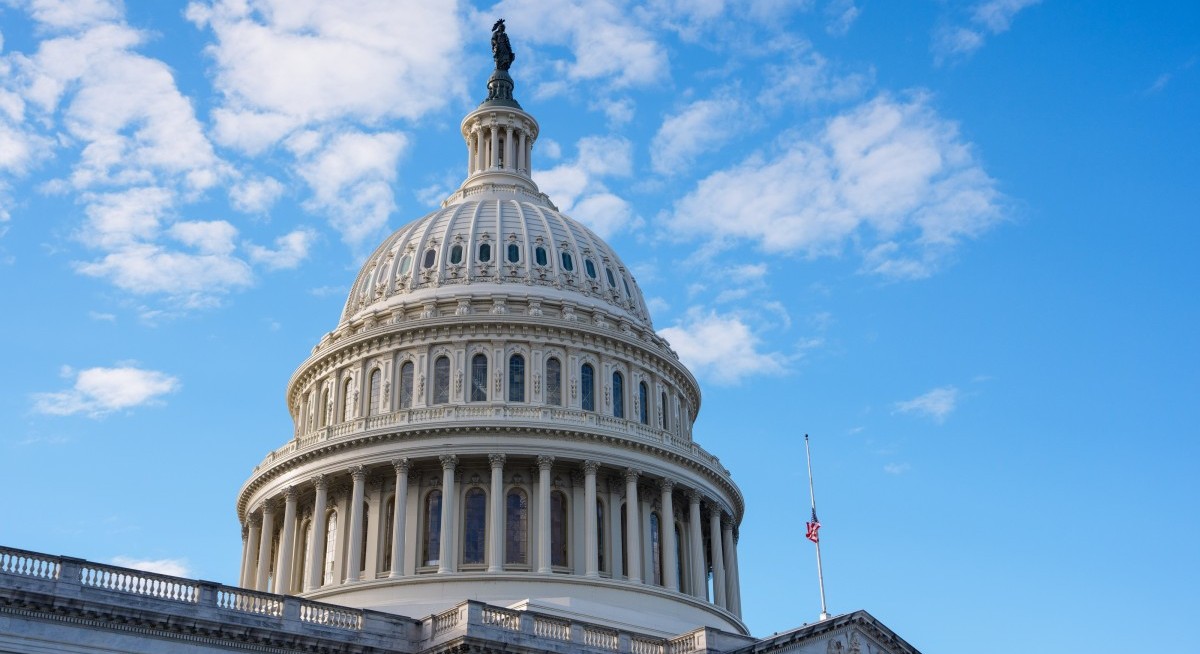(Nov 21): The Congressional Budget Office (CBO) slashed its estimate of longer-term US fiscal savings from President Donald Trump’s tariff hikes by US$1 trillion ($1.31 trillion), in a move that may deepen concerns about American borrowing needs.
The nonpartisan agency now sees higher customs revenue contributing a US$2.5 trillion cumulative reduction in budget deficits over the 2025-2035 period relative to what the government would otherwise have logged. The CBO also tallies US$500 billion in savings from reduced interest costs thanks to smaller budget deficits.
That US$3 trillion in total savings over 11 years compares with a US$4 trillion calculation made back in August, the CBO noted in a blog post o Thursday. The new tally leaves tariff savings failing to fully offset Trump’s signature tax-cut law, which the CBO said in July would add US$3.4 trillion to deficits over the 10 years through 2034. Neither set of calculations incorporates potential economic impacts from the policies.
“Roughly two-thirds of the downward revisions result from adjustments to reflect new data,” CBO director Philip Swagel said in the post. Modification to tariff rates since August “also reduced the estimated effect on the deficit,” he said.
In the fiscal year through September, the US posted a US$1.78 trillion deficit, little changed from US$1.82 trillion in 2024. At the start of this year, the CBO warned that the trajectory for federal borrowing would leave debt levels exceeding post-World War II record levels by 2029. That was before accounting for Trump’s tax and tariff measures.
Effective rate
See also: JPMorgan flips forecast, sees Fed cutting rates in December
In recent months, the Trump administration has reached a number of deals with trading partners that have reduced duties imposed earlier in the year. The CBO now estimates that the effective tariff rate is about 14 percentage points higher than the 2.5% it was a year ago. The agency said in August that the rate was 18 percentage points higher.
Beyond the trade deals, the administration lately has been adjusting tariff levels in an effort to bring down costs of certain goods. That’s after affordability concerns erupted as a key concern among voters in off-cycle elections earlier this month.
The CBO’s new calculations assume that tariff revenue would flow through to the Treasury. Trump has repeatedly floated the idea of issuing US$2,000 tariff “dividend” checks to mid- and lower-income households. Still, lawmakers have expressed scepticism over the idea, saying they would prefer that money be put towards reining in deficits.
See also: Fed’s Williams says he sees room for rate cut in ‘near term’
Should the Supreme Court invalidate a swath of Trump’s tariff hikes, that would also affect the outlook for revenues, though economists anticipate the administration would seek to reconstruct the levies using other tools.
Uploaded by Isabelle Francis




